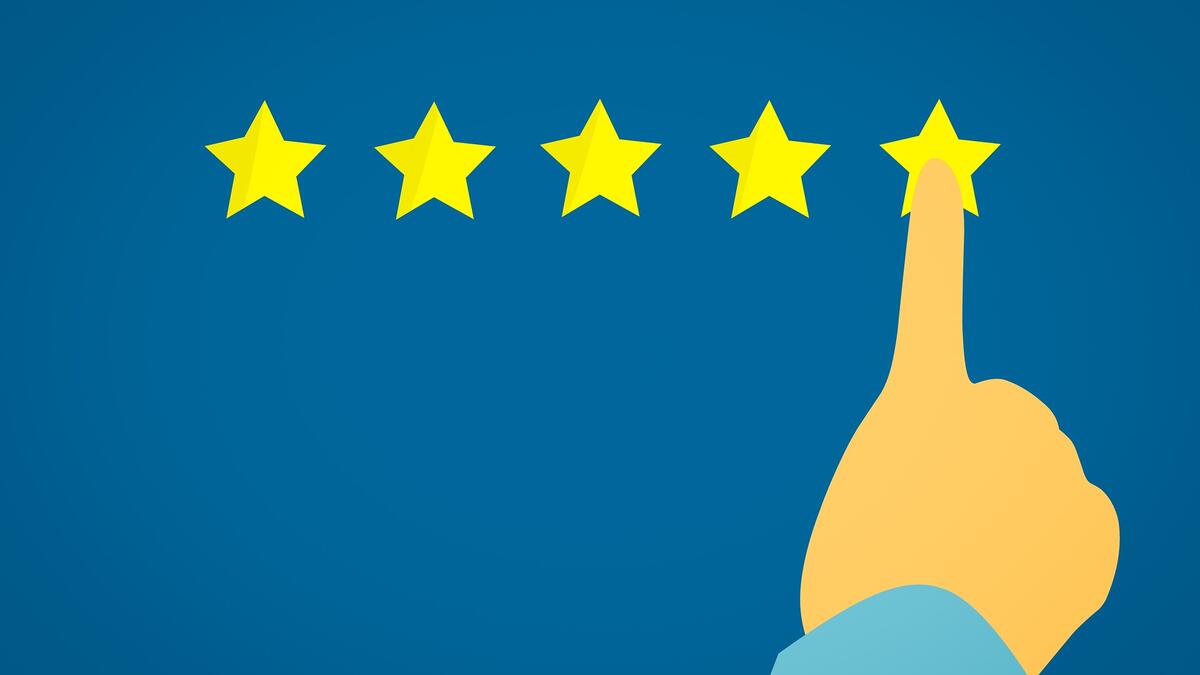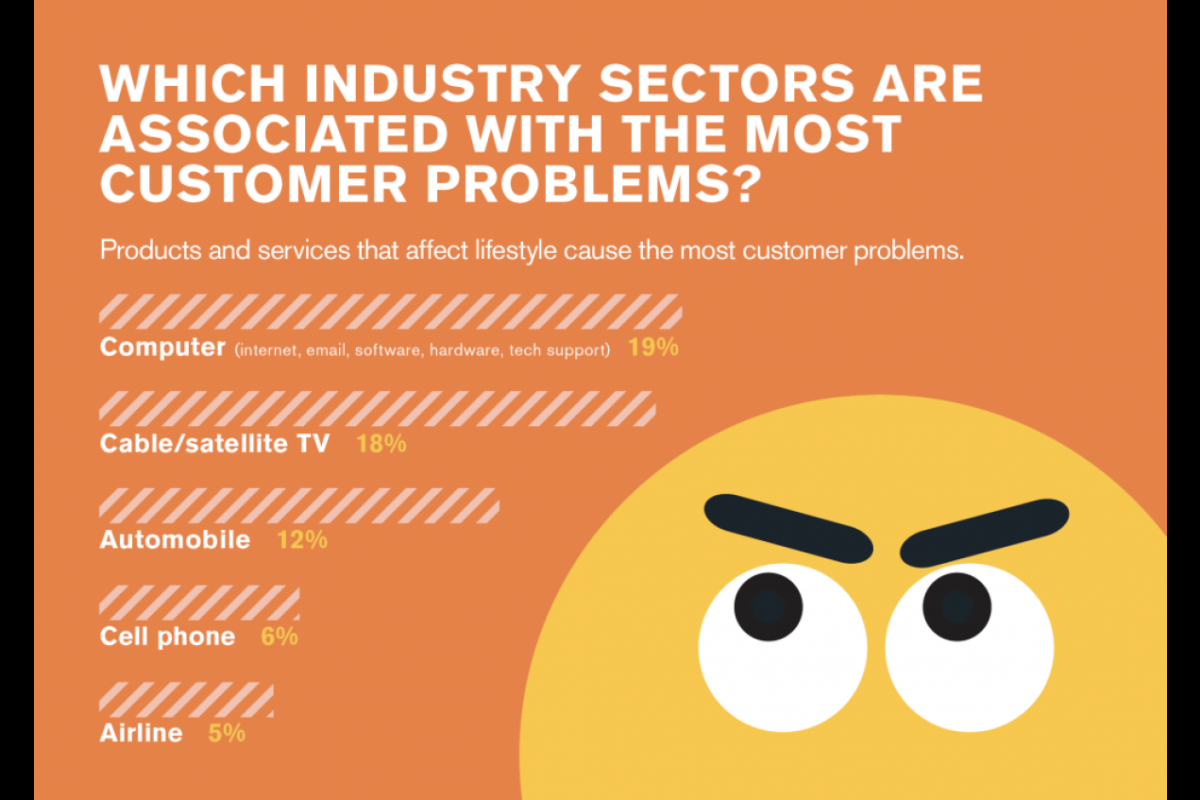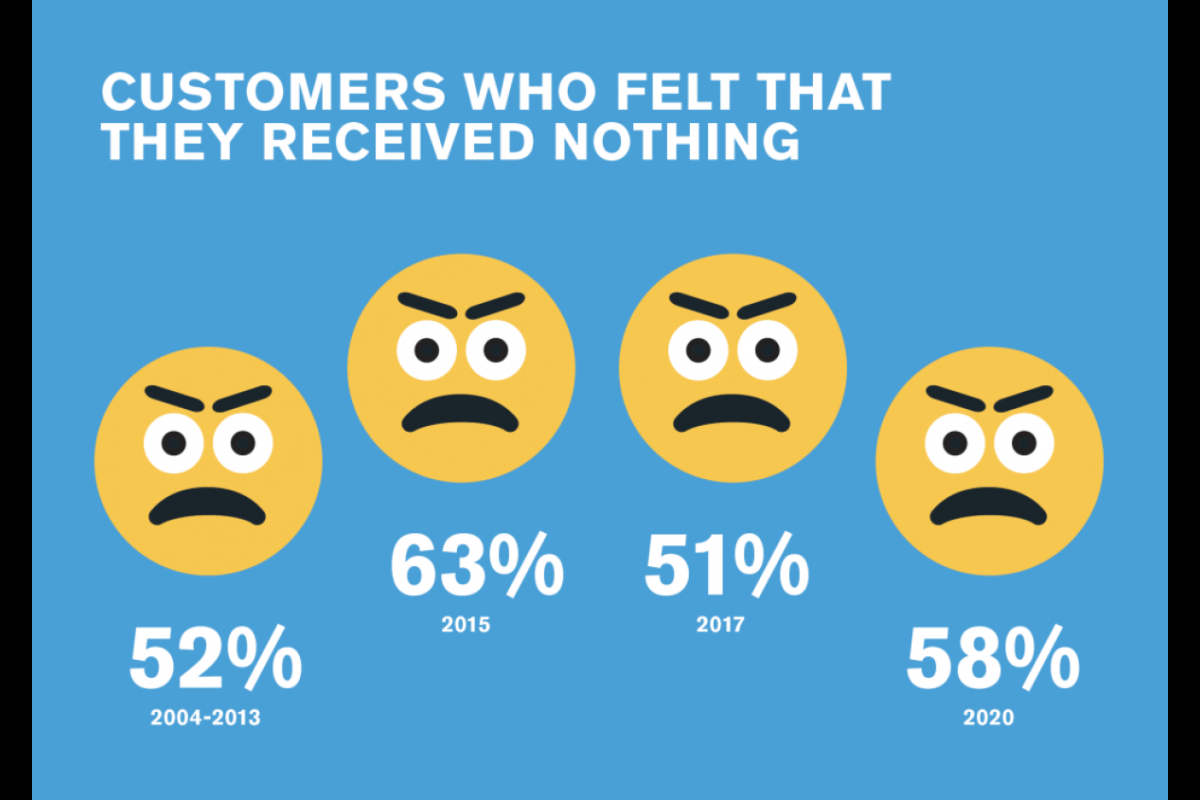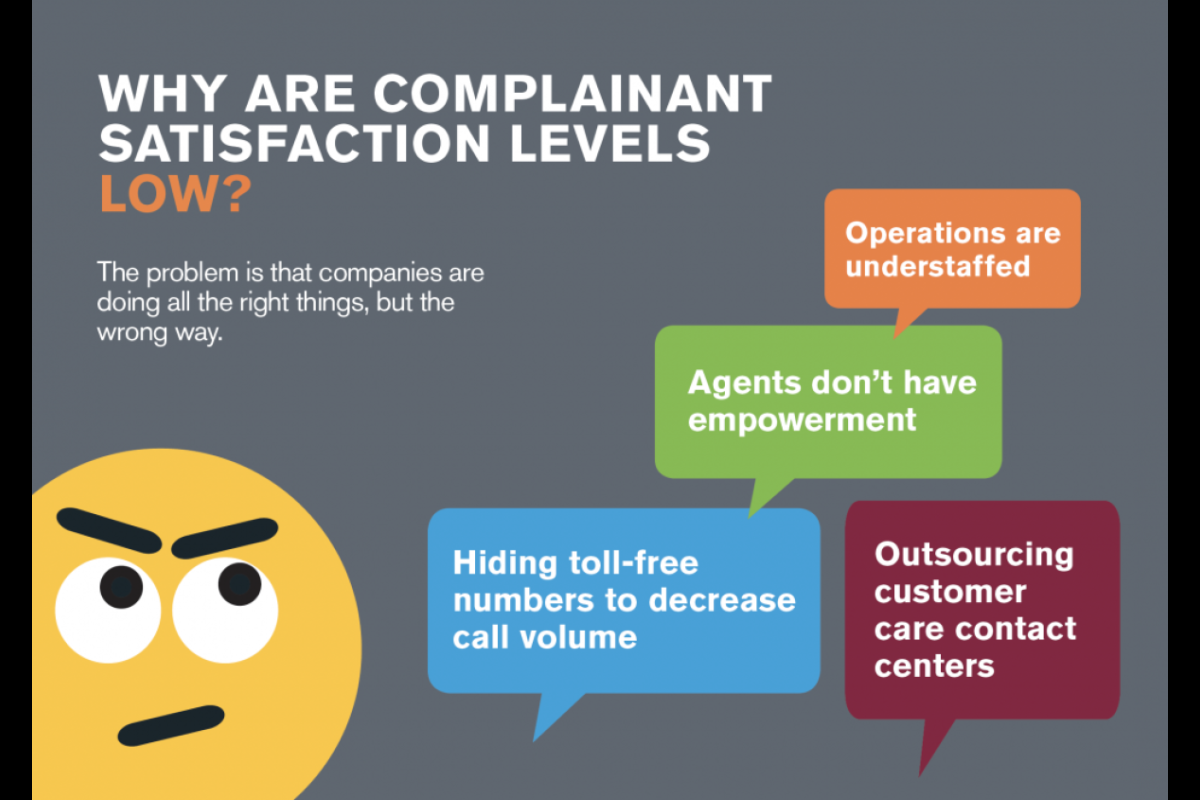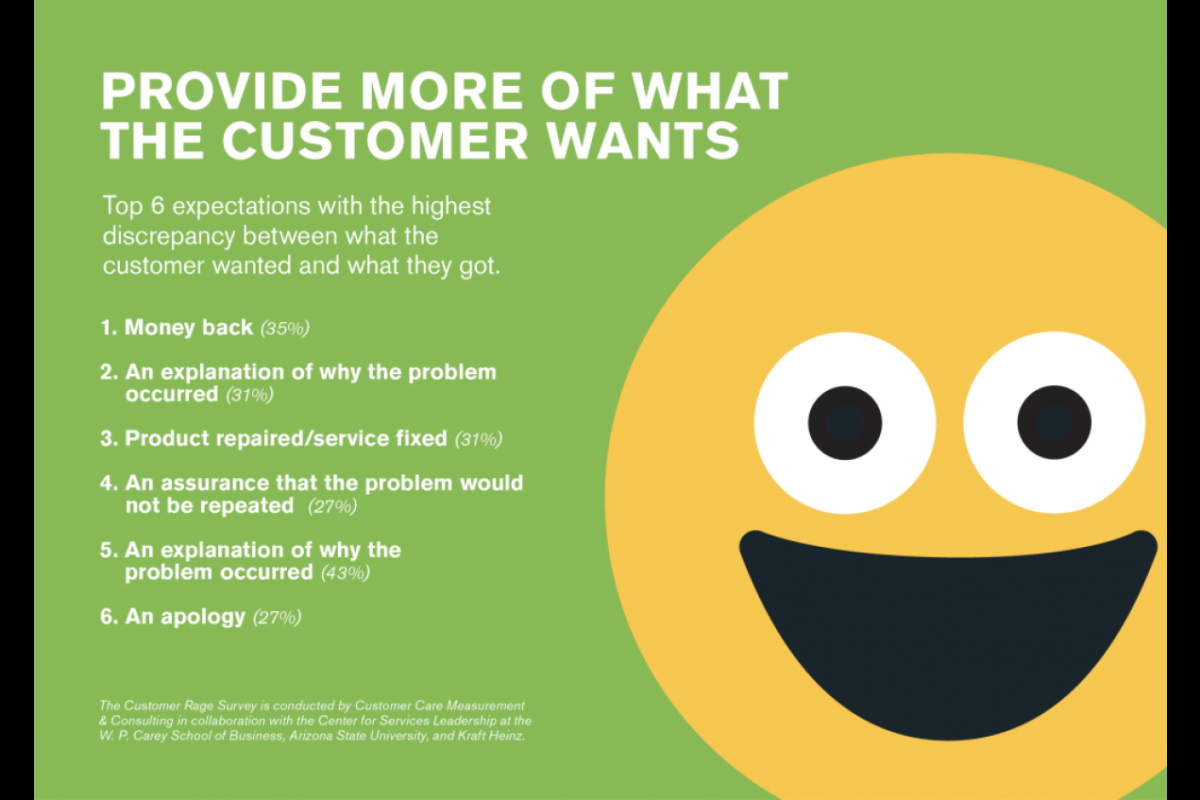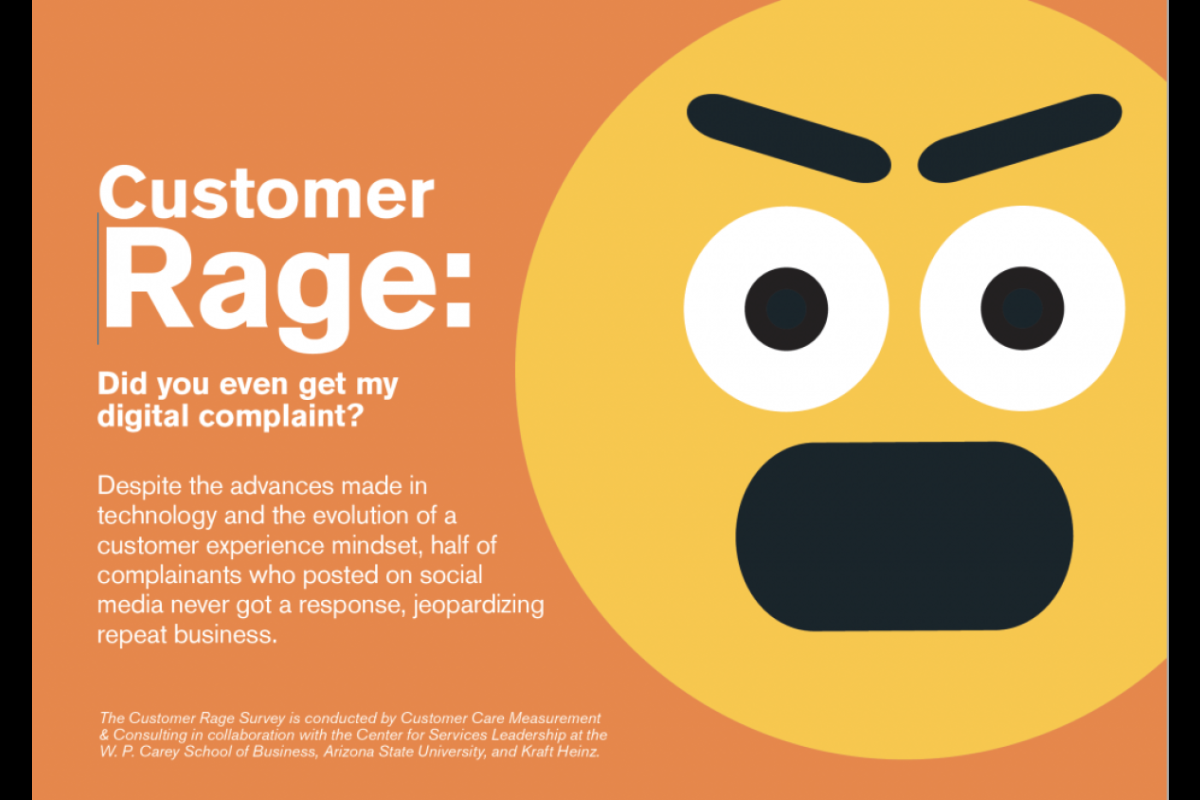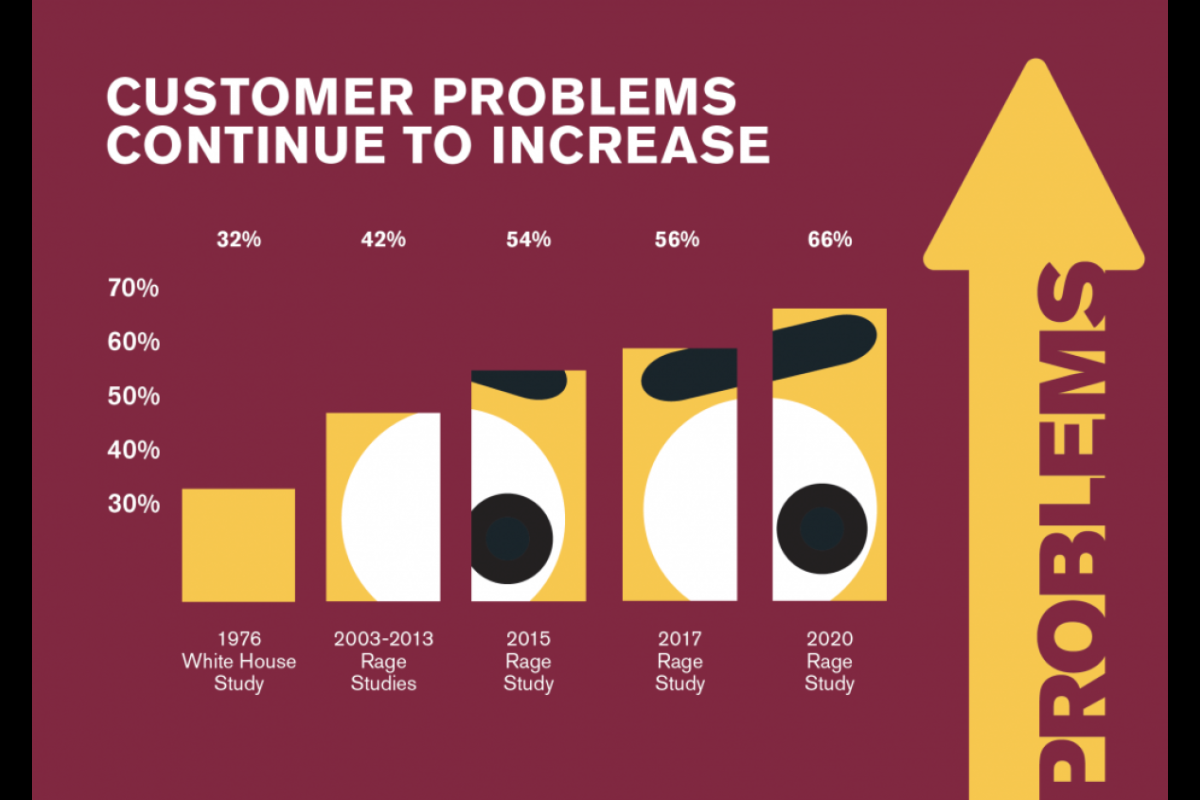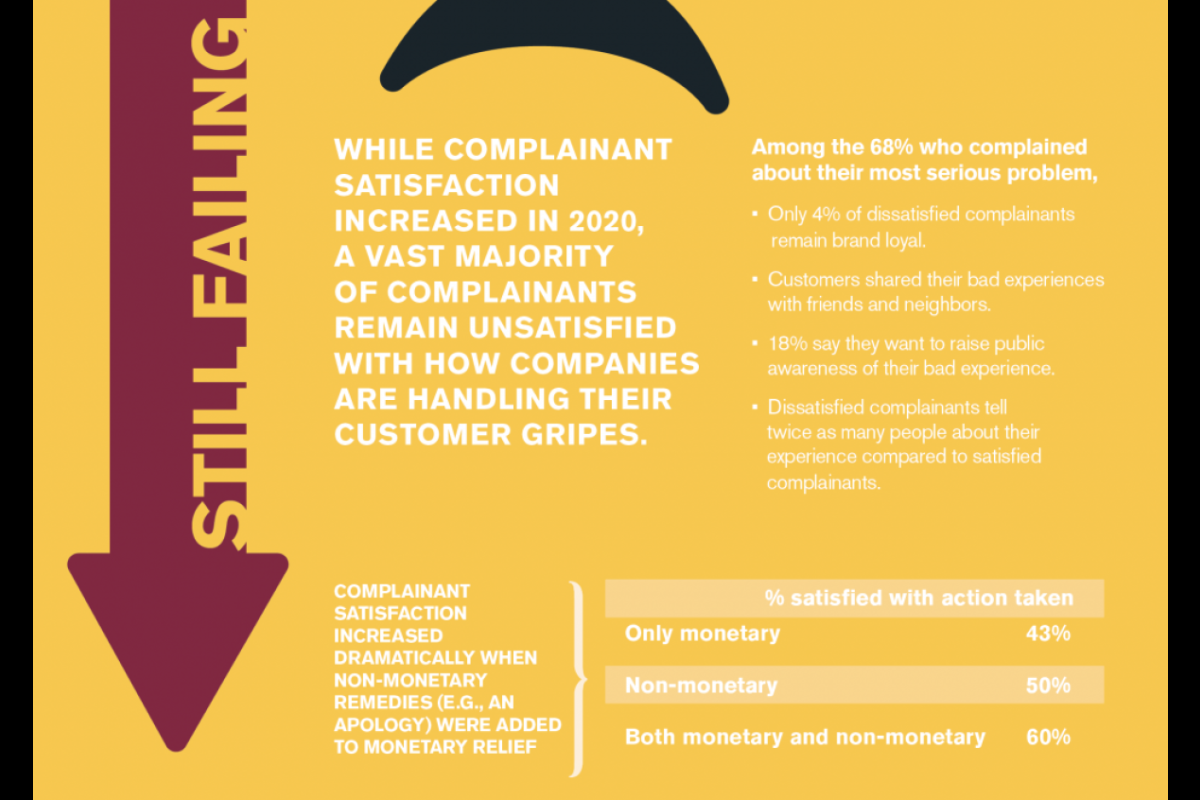Customer service is worse than ever and more people are enraged about it, according to a new Arizona State University survey.
The online retailing experience is creating even higher expectations among consumers, which companies must be ready to address, said Thomas Hollmann, a clinical associate professor of marketing who was involved in the “2020 National Customer Rage Study,” released this month.
More than two-thirds of the 1,000 people polled experienced a product or service problem in the previous 12 months and nearly two-thirds of them said it made them “very” or “extremely” upset — feeling “customer rage.”
The survey was sponsored by the Center for Services Leadership at the W. P. Carey School of Business at ASU, in partnership with Customer Care Measurement and Consulting, and KraftHeinz.
This was the ninth customer rage survey done over the past 40 years. The first one was done in 1976 at the request of the White House, and the 2020 iteration shows how much the service industry has changed, said Hollmann, executive director of the Center for Services Leadership.
“We call it the ‘Amazon-ation’ of business. Everything should be one click and one-hour delivery, so customers think, ‘Why do I have to jump through five hoops when I deal with you?’” he said.
The 1976 survey led to the concept called the “free lunch.” Essentially, the finding then was that even when customers complained, they would still come back. So the businesses got a “free lunch” — invaluable feedback on their problems as well as a return customer.
“By complaining, customers are buying into the relationship and they’re making an effort, so they have the feeling that this relationship is worth something, even if they don’t get what they want,” Hollman said.
“That’s been taught in business schools for 40 years now.”
But the rising expectations of customers have led to the loss of the free lunch, he said.
“Now when they’re complaining and they’re not happy about what they get, they’re no longer more likely to come back,” he said.
The number of households experiencing consumer difficulties has increased dramatically, the survey found. The 2020 customer problem rate was 66% — up 10 percentage points over 2017, at 56%, and more than twice as high as the 1976 results, at 32%.
Other findings include:
- The most common area for problems was technology (internet, email, software, hardware, tech support), listed by 19% of respondents, followed by cable/satellite TV, 18%; automobile, 12%; cell phone, 6%; and airline, 5%.
- Airlines drew the highest percentage of complainants with rage, at 77%.
- $494 billion is at risk to businesses as a result of their most serious customer problems.
- Customers make an average of about three contacts to resolve a problem, with about 10% of respondents making six or more attempts at satisfaction.
More than half of respondents — 58% — felt like their complaining led to nothing. About 35% wanted their money back, but only 14% got that.
Complainants were happiest when they got their money back plus something else, like an apology — 60% of that group was satisfied. Only 43% of the group that only got their money back was satisfied.
The result for companies is bad word of mouth, with dissatisfied customers telling an average of seven people about their experience.
The internet has caught up with the telephone as the primary channel for complaining — with 43% for internet versus 42% for telephone. In 2017, the telephone was the primary way to complain, 70% compared to 12% for the internet.
When consumers vent on social media, it’s most likely to be on Facebook and Twitter, both at 28%, followed by Google Reviews, Instagram and YouTube.
Of customers who complained on social media, 49% never hear from the company.
Social media has amplified the complaint scenario, Hollmann said.
“We used to say that when people complained, they talked to 5 to 12 times the number of people as those giving a compliment,” he said.
“Now it’s hundreds. We say that 865 is the average number of friends, followers or contacts across social media, so with minimal effort, 865 people see something negative.”
Depending on the platform, the impact is different.
“It’s more personal in a Tweet, but it’s more fleeting because people are flooded with tweets,” he said.
“A Yelp review will sit there for years and will be a factor in the total score.”
The survey showed that 48% of respondents report checking social media reviews before buying a service or product.
Hollmann said that companies need to rethink their customer-complaint strategy. Every year, the Center for Services Leadership runs a weeklong Strategic Service Institute for companies, addressing different challenges. Typically, the session on “service recovery” is rated as least helpful because managers believe they already have systems for dealing with complaints.
“That’s been a very false sense of security when you look at the customer rage study over time,” he said.
“We haven’t really made progress as far as customer perceptions are concerned, and that’s the difference between an action orientation of ‘We’re doing things,’ and externally, the outcome, which is the customer perception.
“You actually have to follow up on what you find.”
Dealing with customer complaints takes resources.
“Most of the things that customers want actually are free, or at least cheap for the company,” he said.
“They want to be treated with dignity. An apology — that’s free,” he said. “They want an explanation of why the problem occurred, or at least a recognition. All of those things are an extra 10 seconds on the phone but companies aren’t doing it.”
Top image courtesy of Pixabay.
More Business and entrepreneurship

Honoring 2 decades of entrepreneurial impact on a global scale
Thunderbird for Good, the impact-driven initiative of Thunderbird School of Global Management at Arizona State University, is marking two decades of educational programs and initiatives dedicated to…

ASU and GoDaddy launch Student Athlete Venture Studio
In a groundbreaking initiative aimed at empowering college athletes beyond their playing careers, Arizona State University and GoDaddy teamed up to launch the first-of-its-kind Student Athlete…

Boosting entrepreneurship to meet the market's needs
America loves an entrepreneur — the home run king of all businesspeople.And at Arizona State University, we love them, too.Here’s a look at how ASU prepares business students, alumni, development…


